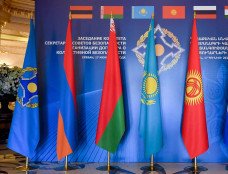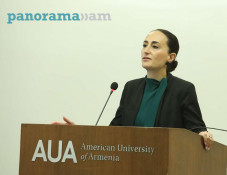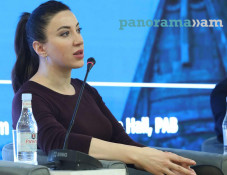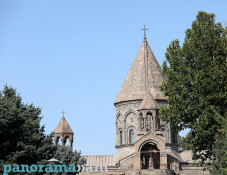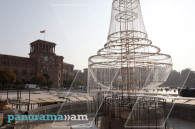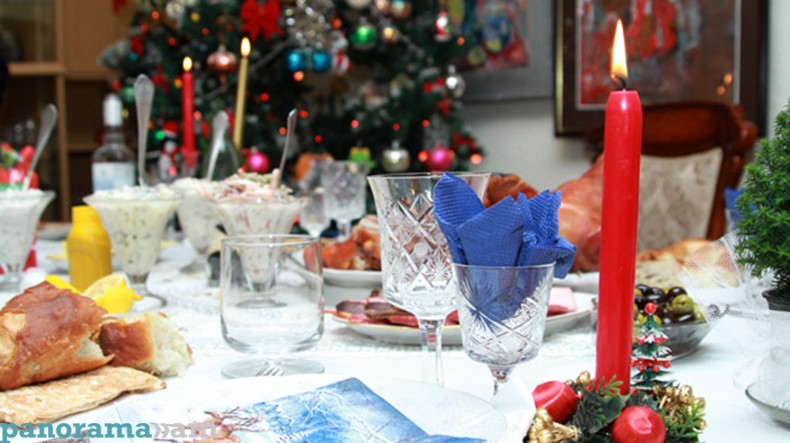
Armenians did not always celebrate New Year on January 1
There was a time when a crocodile and a roasted pork leg were not a traditional dish on the New Year’s Day table, and the Armenians would see out the old year and see on the new with festive singing and dancing.
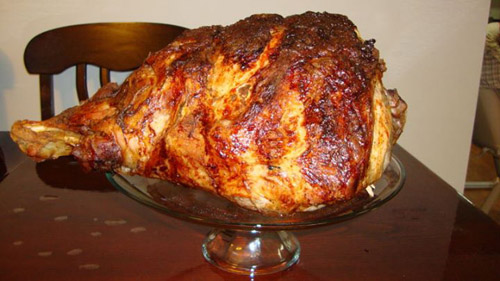

.jpg) The songs contained words praising the family members and also expressing wishes for the year and expectations from the host. In Artsakh and Syunik, it was customary to make a long string (the so-called chlolunk) of walnuts, dried fruit and boiled chicken and then lower the string down the chimney of the house of relatives, most often relatives by marriage.
The songs contained words praising the family members and also expressing wishes for the year and expectations from the host. In Artsakh and Syunik, it was customary to make a long string (the so-called chlolunk) of walnuts, dried fruit and boiled chicken and then lower the string down the chimney of the house of relatives, most often relatives by marriage.
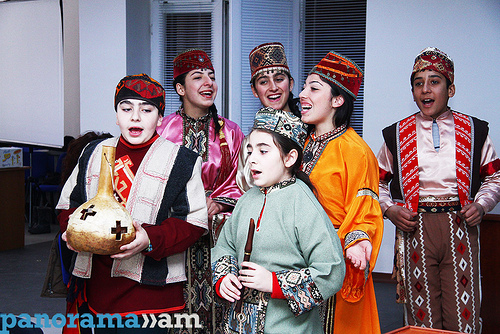
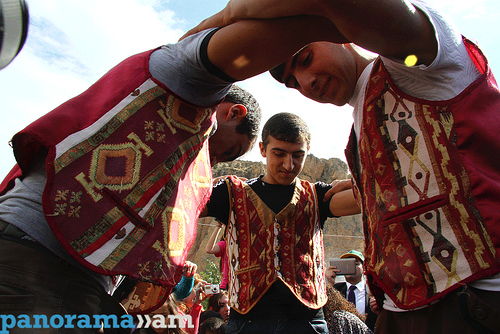
According to ethnographer, head of Tonatsuyts national theatre Hasmik Baghramyan, today we do not follow the ancient traditions of seeing in the New Year – be it traditional dishes or the house blessing ceremony.
“Children’s tidings have not been preserved as a culture, which was the main ritual. Formerly, people used to believe that the new year starts in your house only after children enter it and announce good tidings,” she said
In ancient times, the Armenians did not celebrate the New Year on January 1. It was not until the 18th century when His Holiness Simeon I of Yerevan was the Catholicos of All Armenians that the we began to celebrate the New Year on the same day as people in most Christian countries – on January 1.
The preparations would start on December 30-31 with baking pastries such as bread of the year, krkeni, dovlat krkeni, kloch, purnik and other ritual pastries whose shape and ingredients varied considerably. They could have a round, square, triangular or other shape and be filled with walnuts, raisins, seeds, and berries. The most important thing is that a fruit stone, a seed, a bean, or most often a coin was hidden in those delicious pastries. In various regions of Armenia, bread of the year was cut on a different day: on New Year’s Eve supper, on the morning of January 1, on January 4, January 5, or January 6 – on Christmas Day
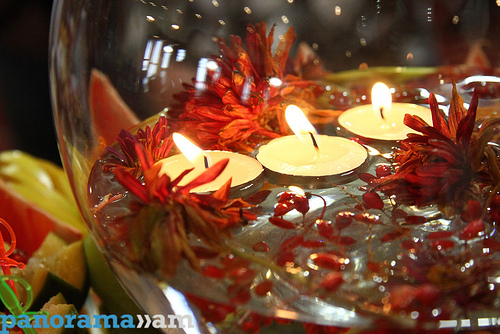
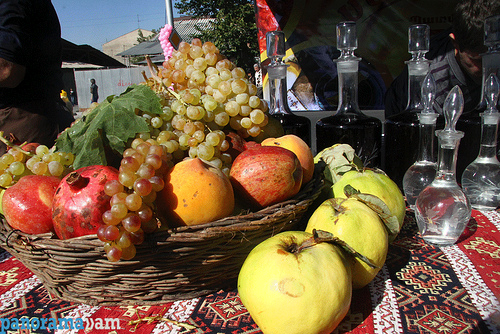
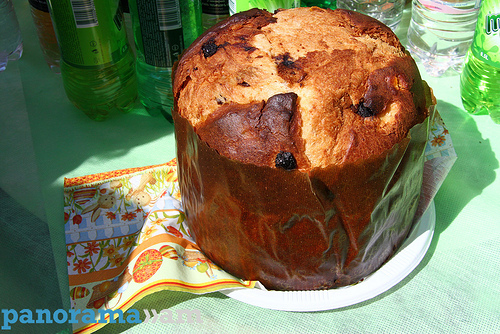


Newsfeed
Videos








